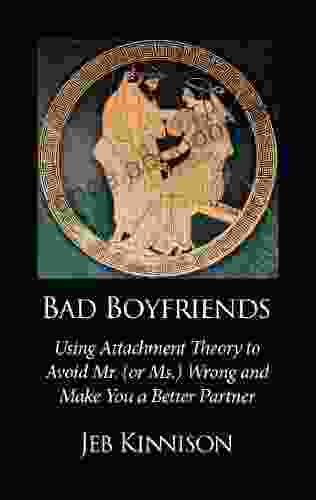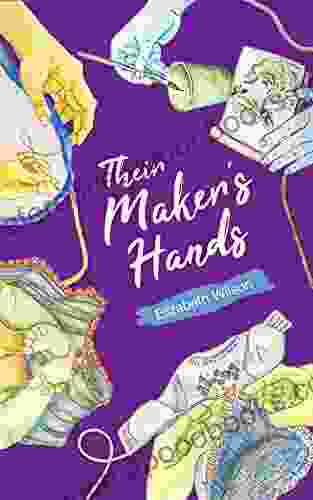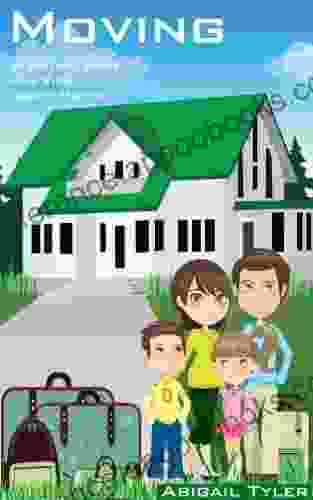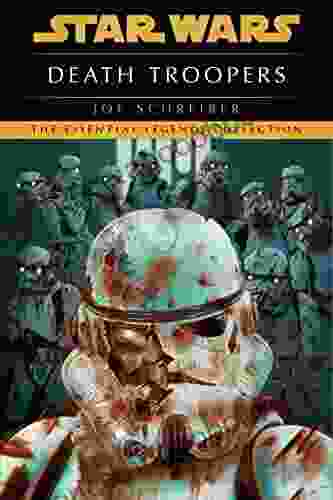Using Attachment Theory to Avoid Mr. or Ms. Wrong and Make You a Better Partner

Attachment theory is a psychological theory that describes how we form close relationships with others. It's based on the idea that our early experiences with our caregivers shape our expectations for relationships in adulthood.
4.4 out of 5
| Language | : | English |
| File size | : | 3882 KB |
| Text-to-Speech | : | Enabled |
| Enhanced typesetting | : | Enabled |
| Word Wise | : | Enabled |
| Print length | : | 202 pages |
| Lending | : | Enabled |
| Screen Reader | : | Supported |
There are four main attachment styles: secure, avoidant, anxious, and disorganized. Securely attached people are comfortable with intimacy and trust others. Avoidant people are uncomfortable with intimacy and push others away. Anxious people are preoccupied with relationships and worry about abandonment. Disorganized people have a mix of secure and insecure attachment styles.
Our attachment style can have a significant impact on our relationships. For example, people with secure attachment styles are more likely to have happy and lasting relationships. People with insecure attachment styles are more likely to experience relationship problems, such as breakups and infidelity.
If you want to avoid Mr. or Ms. Wrong and make yourself a better partner, it's important to understand your attachment style. Once you know your attachment style, you can start to develop strategies to improve your relationships.
Secure Attachment
Securely attached people are comfortable with intimacy and trust others. They believe that they are worthy of love and that others will be there for them. They are able to form close, lasting relationships.
Here are some of the characteristics of securely attached people:
- They are comfortable with being close to others.
- They trust others and believe that they will be there for them.
- They are able to express their feelings openly and honestly.
- They are able to resolve conflict in a healthy way.
- They are able to forgive others and move on from past hurts.
Avoidant Attachment
Avoidant people are uncomfortable with intimacy and push others away. They believe that they are not worthy of love and that others will eventually abandon them. They have difficulty forming close, lasting relationships.
Here are some of the characteristics of avoidant people:
- They are uncomfortable with being close to others.
- They do not trust others and believe that they will eventually be abandoned.
- They have difficulty expressing their feelings openly and honestly.
- They have difficulty resolving conflict in a healthy way.
- They are not able to forgive others and move on from past hurts.
Anxious Attachment
Anxious people are preoccupied with relationships and worry about abandonment. They believe that they are not worthy of love and that others will eventually leave them. They have difficulty forming close, lasting relationships.
Here are some of the characteristics of anxious people:
- They are preoccupied with relationships and worry about abandonment.
- They do not trust others and believe that they will eventually be left.
- They are constantly seeking reassurance from their partners.
- They have difficulty regulating their emotions.
- They are prone to jealousy and possessiveness.
Disorganized Attachment
Disorganized people have a mix of secure and insecure attachment styles. They may have moments of closeness and trust, but they also may have moments of avoidance and anxiety. They have difficulty forming close, lasting relationships.
Here are some of the characteristics of disorganized people:
- They have a mix of secure and insecure attachment styles.
- They may have moments of closeness and trust, but they also may have moments of avoidance and anxiety.
- They have difficulty regulating their emotions.
- They are prone to jealousy and possessiveness.
- They have difficulty resolving conflict in a healthy way.
How to Improve Your Attachment Style
If you want to improve your attachment style, there are a few things you can do:
- Identify your attachment style. The first step to improving your attachment style is to identify your attachment style. Once you know your attachment style, you can start to develop strategies to improve it.
- Challenge your negative beliefs. If you have an insecure attachment style, you may have some negative beliefs about yourself and others. These beliefs can make it difficult to form close, lasting relationships. Challenge your negative beliefs and replace them with more positive beliefs.
- Learn to express your feelings. If you have difficulty expressing your feelings, it can be difficult to form close relationships. Learn to express your feelings openly and honestly. This will help you to build trust and intimacy with others.
- Build your self-esteem. If you have low self-esteem, you may believe that you are not worthy of love. This can make it difficult to form close relationships. Build your self-esteem by focusing on your strengths and accomplishments. Surround yourself with people who support you and make you feel good about yourself.
- Seek professional help. If you are struggling to improve your attachment style on your own, you may want to seek professional help. A therapist can help you to identify your attachment style and develop strategies to improve it.
Attachment theory is a powerful tool that can help you to understand your relationships and make yourself a better partner. By understanding your attachment style and developing strategies to improve it, you can create secure, fulfilling relationships.
If you are looking for a book that can help you to understand attachment theory and improve your relationships, I highly recommend Attachment Theory for Dummies by Maria Baratta. This book is a great resource for anyone who wants to learn more about attachment theory and how to use it to improve their relationships.
4.4 out of 5
| Language | : | English |
| File size | : | 3882 KB |
| Text-to-Speech | : | Enabled |
| Enhanced typesetting | : | Enabled |
| Word Wise | : | Enabled |
| Print length | : | 202 pages |
| Lending | : | Enabled |
| Screen Reader | : | Supported |
Do you want to contribute by writing guest posts on this blog?
Please contact us and send us a resume of previous articles that you have written.
 Book
Book Novel
Novel Page
Page Chapter
Chapter Text
Text Story
Story Genre
Genre Reader
Reader Library
Library Paperback
Paperback E-book
E-book Magazine
Magazine Newspaper
Newspaper Paragraph
Paragraph Sentence
Sentence Bookmark
Bookmark Shelf
Shelf Glossary
Glossary Bibliography
Bibliography Foreword
Foreword Preface
Preface Synopsis
Synopsis Annotation
Annotation Footnote
Footnote Manuscript
Manuscript Scroll
Scroll Codex
Codex Tome
Tome Bestseller
Bestseller Classics
Classics Library card
Library card Narrative
Narrative Biography
Biography Autobiography
Autobiography Memoir
Memoir Reference
Reference Encyclopedia
Encyclopedia Jill D Snider
Jill D Snider Marshall Soules
Marshall Soules Aaron Chase
Aaron Chase William K Powers
William K Powers Aj K
Aj K James C Claypool
James C Claypool Charise Randell
Charise Randell John M Alexander
John M Alexander Sarah Orne Jewett
Sarah Orne Jewett Kenneth W Osbeck
Kenneth W Osbeck Samuel P King
Samuel P King Belinda Busteed Burum
Belinda Busteed Burum Jeff Kingston
Jeff Kingston Chris Ison
Chris Ison Julie Anne Lindsey
Julie Anne Lindsey Megan Haskell
Megan Haskell Abel Junior Tutagalevao
Abel Junior Tutagalevao Acamea L Deadwiler
Acamea L Deadwiler C S Fuqua
C S Fuqua Clive Barker
Clive Barker
Light bulbAdvertise smarter! Our strategic ad space ensures maximum exposure. Reserve your spot today!
 Henry David ThoreauFollow ·11.9k
Henry David ThoreauFollow ·11.9k Victor HugoFollow ·9.4k
Victor HugoFollow ·9.4k Derek BellFollow ·14.7k
Derek BellFollow ·14.7k Jaylen MitchellFollow ·8.6k
Jaylen MitchellFollow ·8.6k Jimmy ButlerFollow ·9.9k
Jimmy ButlerFollow ·9.9k Anton FosterFollow ·10.9k
Anton FosterFollow ·10.9k Kenzaburō ŌeFollow ·18.5k
Kenzaburō ŌeFollow ·18.5k Anthony WellsFollow ·2k
Anthony WellsFollow ·2k
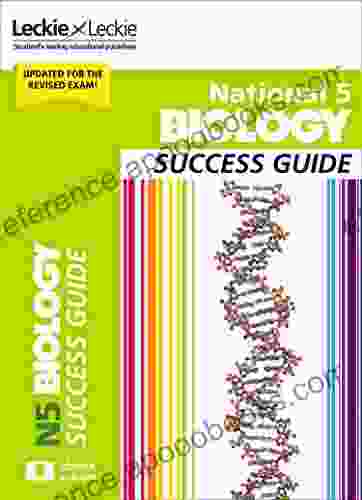
 Justin Bell
Justin BellUnlock National Biology Success: The Ultimate Guide to...
Mastering the Fundamentals: A Comprehensive...
 Luke Blair
Luke BlairAC/DC: The Early Years with Bon Scott – A Thunderstruck...
In the annals of rock and roll history, few...
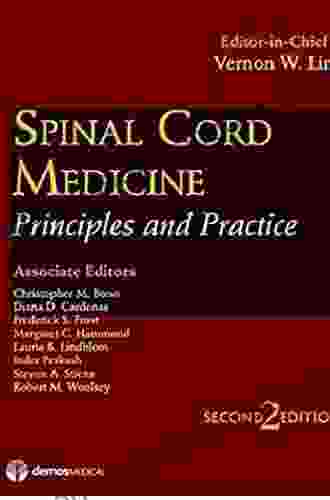
 Darren Nelson
Darren NelsonSpinal Cord Medicine Second Edition: The Comprehensive...
The second edition of Spinal Cord Medicine...

 Cole Powell
Cole PowellArabian Horse Training: Unlock the Secrets for a...
Indulge in the captivating world of Arabian...

 Oscar Wilde
Oscar WildeRevise Curriculum For Excellence SQA Exams: The Ultimate...
The Scottish...

 David Peterson
David PetersonEndoscopic Ear Surgery: A Comprehensive Guide for...
Endoscopic Ear...
4.4 out of 5
| Language | : | English |
| File size | : | 3882 KB |
| Text-to-Speech | : | Enabled |
| Enhanced typesetting | : | Enabled |
| Word Wise | : | Enabled |
| Print length | : | 202 pages |
| Lending | : | Enabled |
| Screen Reader | : | Supported |


